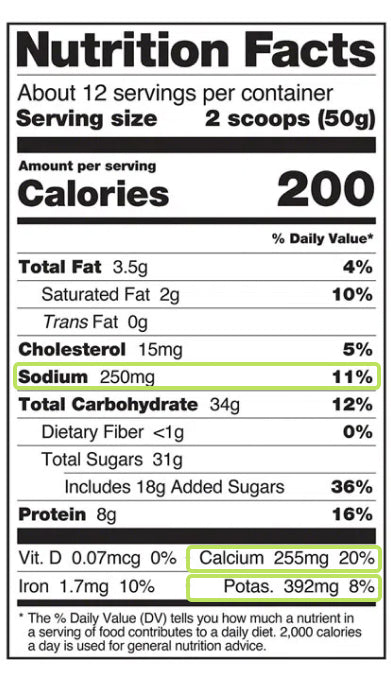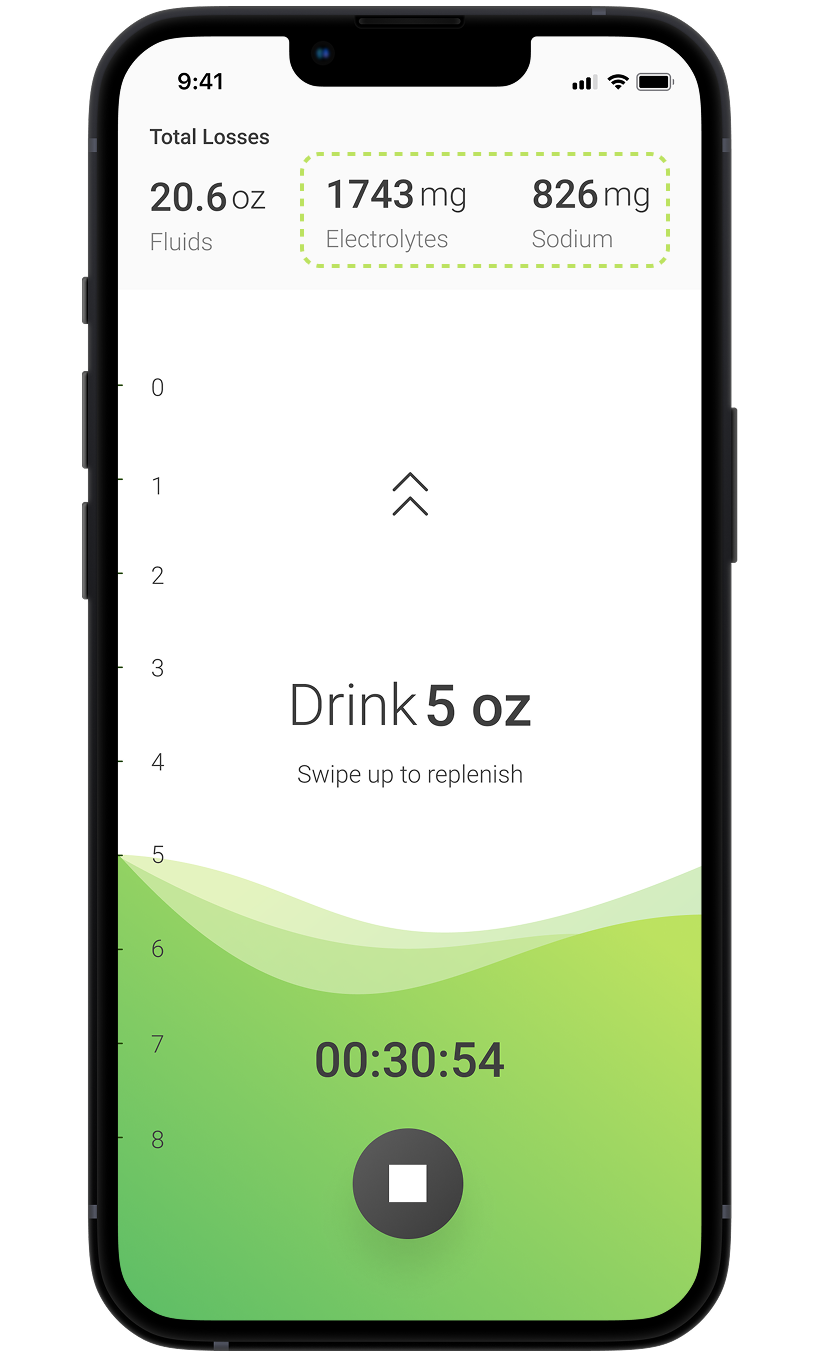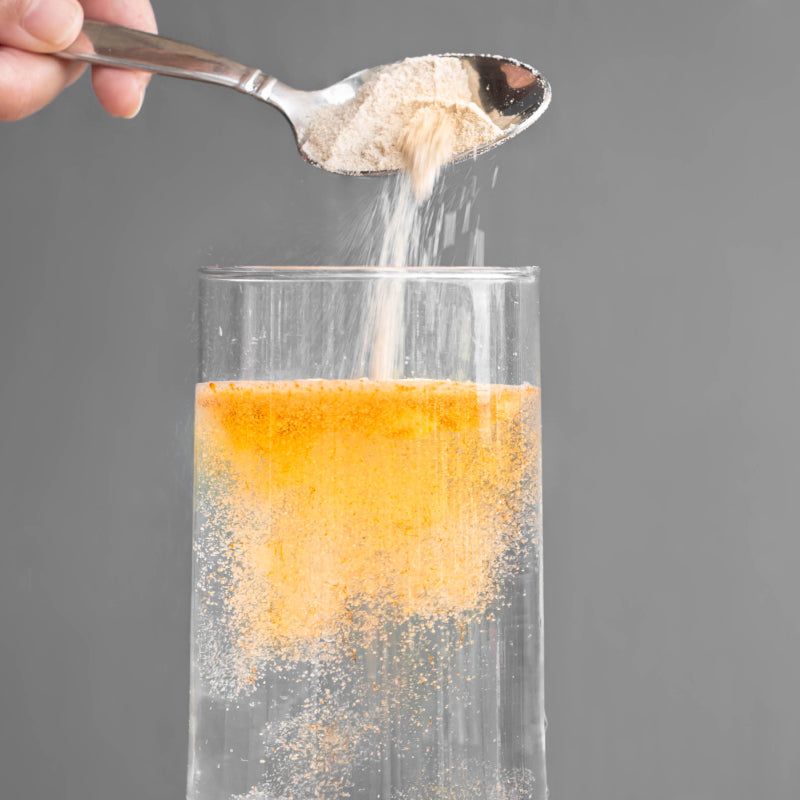written by Victor Adewusi and Olivia Crozier
When it comes to hydration, knowing how much fluid you need to replenish during a workout is only half the battle, the second half is about electrolytes, and it’s easy to get it wrong. As an athlete, it’s crucial to understand what electrolytes are and how they affect performance.
What is an electrolyte?
Electrolytes are vital minerals, including sodium (Na+), potassium (K+), magnesium (Mg2+), calcium (Ca2+), and chloride (Cl-), which are free-circulating in our blood and cells and serve a number of important roles in the basic functioning of our bodies.

Electrolytes are usually measured in milligrams (mg), for example on standard nutrition labels.
Similar to the way electricity is used to transfer power to our houses, the electrical charges we get from electrolytes are used to transport chemical compounds in and out of cells to initiate muscle contraction.
As you exercise, you lose a significant volume of electrolytes through your sweat and compromise the cell’s ability to maintain the proper electrolyte balance. If you continue to lose them without replenishing them, that’s when you run into trouble.
Why is electrolyte replenishment important for endurance athletes?
Most athletes are already aware that replenishing body water lost through sweat is essential to safety and performance, but ensuring electrolyte replenishment is equally important. Electrolytes are vital in performing fundamental biological functions including aiding fluid absorption in the gut, regulating the amount of water in the body, hydrating our organs, muscle tissue, and cells, removing waste, regulating our body temperature, aiding in muscle contraction, and supporting cognitive function (1). All of these functions have a significant impact on an athlete's performance.
Failure to replenish lost electrolytes increases the potential for injury, muscle cramps, cognitive dysfunction, performance impairment and, in more severe cases, hyponatremia - critically low levels of sodium. Hyponatremia causes the body’s cells to swell and lyse (or die). When this happens to the cells in vital organs, such as the kidneys, heart, brain and lungs, this can be life-threatening. For endurance athletes training for hours at a time, the fluid and electrolyte losses can be extreme, which means proper replenishment is imperative for safety, performance and recovery.
How can Nix help?
Just like sweat rate, the rate at which an athlete loses electrolytes is highly variable from one athlete to the next, which makes crafting an effective replenishment strategy incredibly challenging. To complicate it further, the concentration of electrolytes in an athlete’s sweat also varies with their sweat rate. In other words, when an athlete’s sweat rate increases, the concentration of electrolytes in their sweat does too. Similar to the way two athletes will sweat differently from one another, the same athlete will sweat differently day to day. An individual’s electrolyte needs can vary based on weather, activity, clothing, and a number of other factors.
Before Nix, if athletes wanted to understand their personal sweat composition, it would require them to jump through a number of hoops including lab visits, whole body washdowns, and sending their sweat away to be evaluated. These methods are time consuming, expensive, and generally inconvenient. The Nix Hydration Biosensor collects and analyzes an individual’s sweat in real time during training.
In addition to calculating your fluid losses, the Nix app also quantifies the volume of electrolytes and sodium an athlete is losing.

With those two metrics (fluid loss and electrolyte loss), the app calculates sweat composition and provides a list of popular electrolyte drinks summarizing their content so that athletes can match their sweat composition with the appropriate drink.
Your body is losing more than just water when you’re sweating and it’s important to replenish the electrolytes that you’re losing. Electrolyte loss rates vary from person to person, so not everyone should be drinking the same number of electrolytes or the same sports drink. Not only do you need to focus on the intake of electrolytes as a whole, but it’s also necessary to learn about your individual sweat composition so that you can hydrate based on your personal data rather than a generalized approach.





